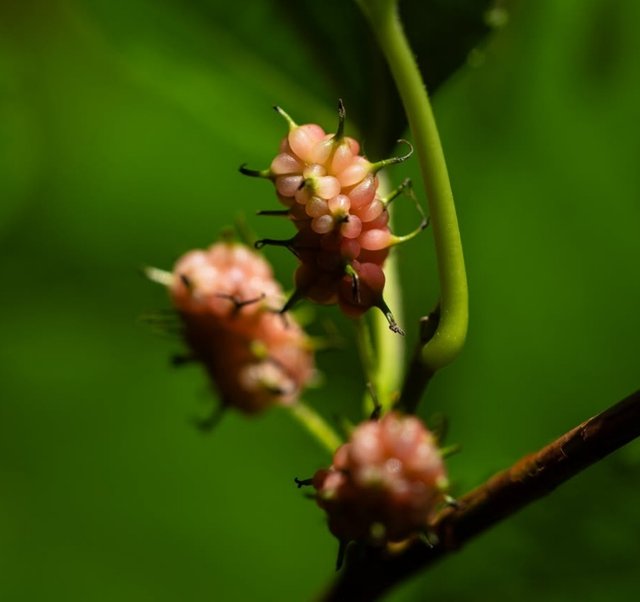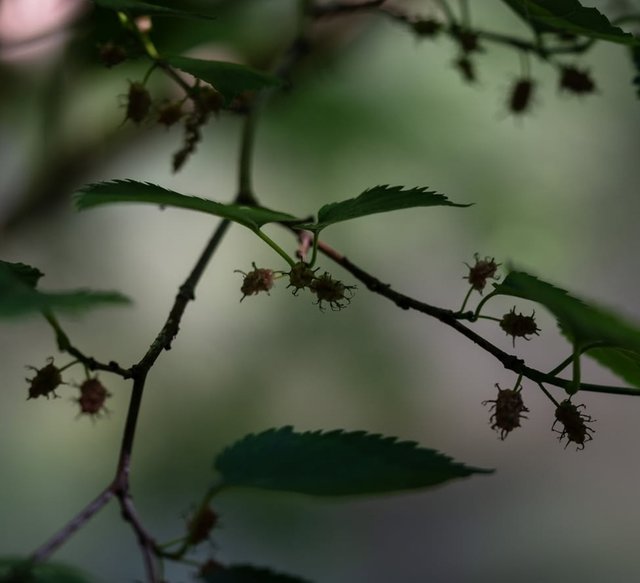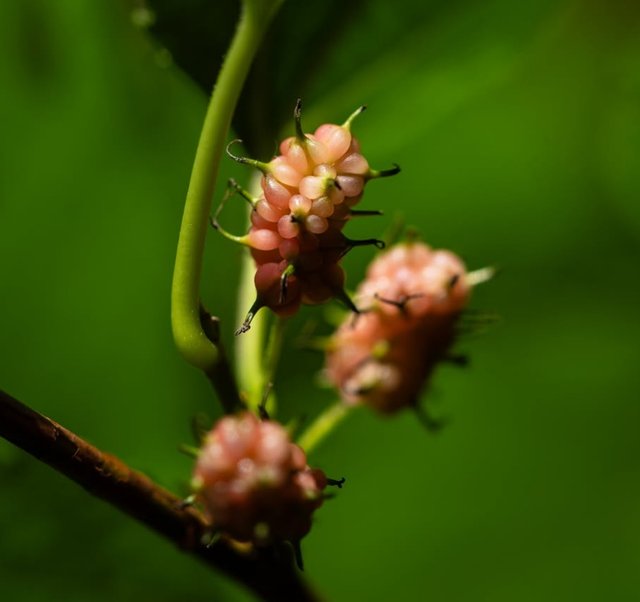So Testy Morus Australis Fruit
Exploring Morus australis: The Versatile and Valuable Mulberry Tree of Asia
When discussing mulberry trees, the spotlight often falls on Morus alba or Morus nigra. However, Morus australis, also known as the Chinese mulberry or Korean mulberry, deserves its own recognition. This lesser-known species has a rich history, ecological importance, and diverse applications in traditional medicine, agriculture, and industry. Let’s delve into the world of Morus australis and explore why this resilient tree has captured the interest of botanists, farmers, and herbalists across East Asia.
Botanical Overview
Scientific Name: Morus australis Poir.
Family: Moraceae
Common Names: Chinese mulberry, Korean mulberry, Southern mulberry
Native Range: China, Korea, Taiwan, Japan, parts of Southeast Asia
Habitat: Mountain slopes, forest margins, riverbanks, and cultivated fields
Morus australis is a deciduous tree or shrub that typically grows up to 10–15 meters tall. It is closely related to other species in the Morus genus but can be distinguished by its variable leaf shape, serrated edges, and smaller fruit clusters. The fruits are aggregate drupes, resembling blackberries, and change color from green to red to deep purple when ripe.
Ecological and Agricultural Significance
Morus australis is remarkably adaptable, thriving in diverse climates and soil types. This hardiness makes it valuable for reforestation, erosion control, and habitat restoration projects. It is particularly useful in subtropical and temperate regions due to its resistance to pests and drought.
In agricultural systems, M. australis is often planted for its foliage, which serves as food for silkworms, much like its cousin Morus alba. In fact, in some parts of China and Korea, M. australis is preferred due to its high leaf yield and nutritional quality.




%20(10).jpeg)